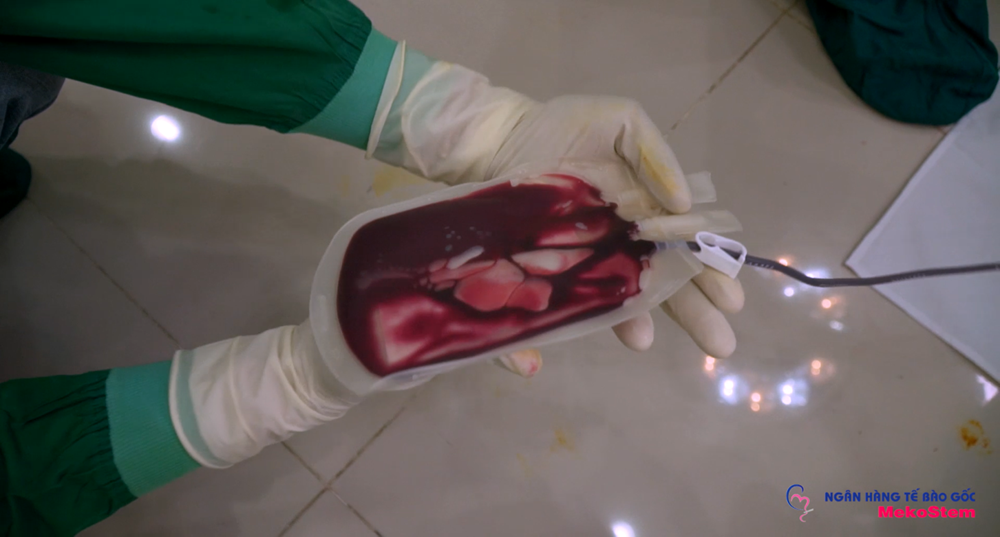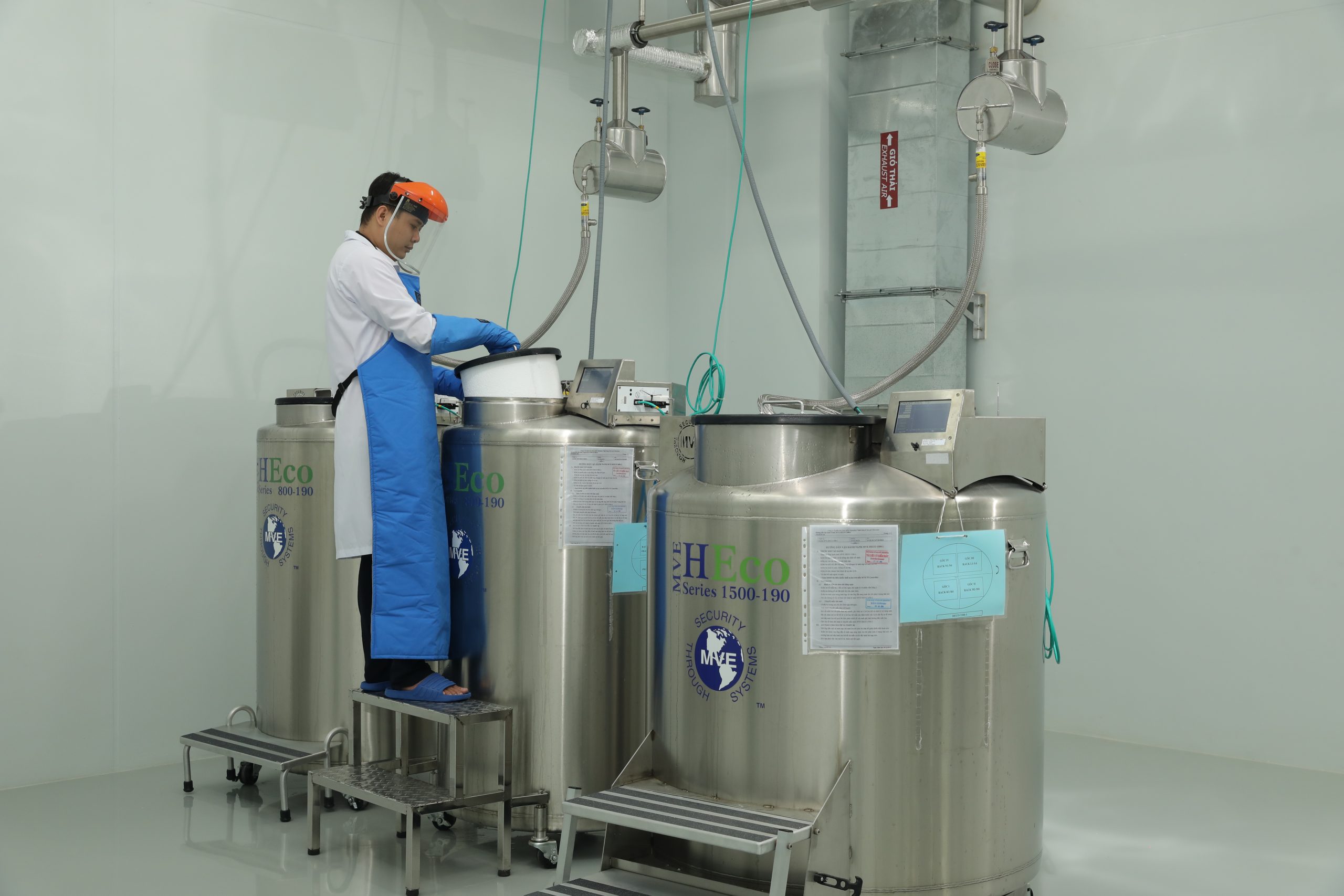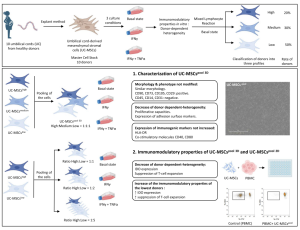Cord blood collecting
Umbilical cord blood (often called cord blood) is the blood that circulates through umbilical cord from foetus to placenta. It is the blood left in umbilical cord and placenta after baby is born and the cord is cut. Umbilical cord, placenta and the residual blood in it, is usually discarded after the baby has been delivered. This cord blood is a rich source of hematopoietic stem cells (HSCs) and is well-recognised to be useful for treating blood-related cancers, immune and some genetic disorders.
Umbilical cord blood collection has been carried out for over two decades. It is non-invasive and painless for mother and baby. The procedure is done only after baby has been delivered (even if this delivery is natural or a C – section), and the umbilical cord clamped and cut. At that time, midwives/ MekoStem’s technicians will insert a needle into umbilical vein on the part of the cord that’s still attached to placenta. The needle doesn’t go anywhere near your baby.
Nowadays, there are two main techniques to collect cord blood and still being used widely in Obstetrics and Gynaecology Hospitals around the world: in utero and ex utero procedure.
+ In-Utero Collections: Collecting cord blood after umbilical cord has been clamped, cut and baby is removed.
+ Ex-Utero Collections: Collecting after the placenta has been delivered and the umbilical cord has been clamped and cut. As soon as possible after delivery, place the placenta with cord clamped at the bottom in a tray with the umbilical cord hanging freely over the edge. This step must be done quickly, not more than 7 minutes after delivery, to avoid blood clotting.
These two methods give nearly the same results in the amount of collected cord blood, however, after delivery, using in-utero or ex-utero method will be decided by doctors.

Cord blood processing
After successfully collected, cord blood will be transferred back to MekoStem Stem Celll Bank to process. Cell isolation techniques will allow cord blood to be seperated into 3 main components: plasma, red blood cells and human nucleated cells containing stem cells. The stem cells will then be submitted to qualitative and quantitative tests to determine cell numbers, cells survival after processing and also to determine whether or not they are contaminated with any pathogenics before storage, to ensure that these stem cells are completely “clean” and in good condition, ready to be used whenever needed.


Cord blood cryopreserving
The cord blood stem cells are preserved by deep freezing technology. Before being put into liquid nitrogen tank for long-term preservation at -196 degree C, stem cells will be addded preservaties (specialized for stem cells storage) and then applied to a Control Rate Freezers system to help them reduce temperature gradually, avoid damaging to the cells due to temperature shock. This device will lower the cells’ temperature until they reach freezing temperature, put the cells into “sleep mode”, ceasing all activities until being awaken by a speacialized thawing procedure.
Each stem cell sample is stored in liwuid nitrogen tank equipped with monitors to control and observe the temperature as well as liquid nitrogen level. In case temperature rises or liquid nitrogen lowers to a certain programmed threshold, the system will automatically give commands to load more liquid nitrogen from the main tank of the company to maintain the freezing temperature of the samples.
Theoretically, cells when stored at freezing temperature, put deep in liquid nitrogen, will likely last forever. Scientists have proven that stem cells, after storing in liquid nitrogen for 20 years still function perfectly in transplantation. However, currently most banks in the world, as well as MekoStem only sign the initial contract in a maximum of 18 years, corresponding to the time your baby grows into an adult . By the end of this time, the contract will be renewed with the participation of the baby’s opinions – the biological owner of these stem cells.









